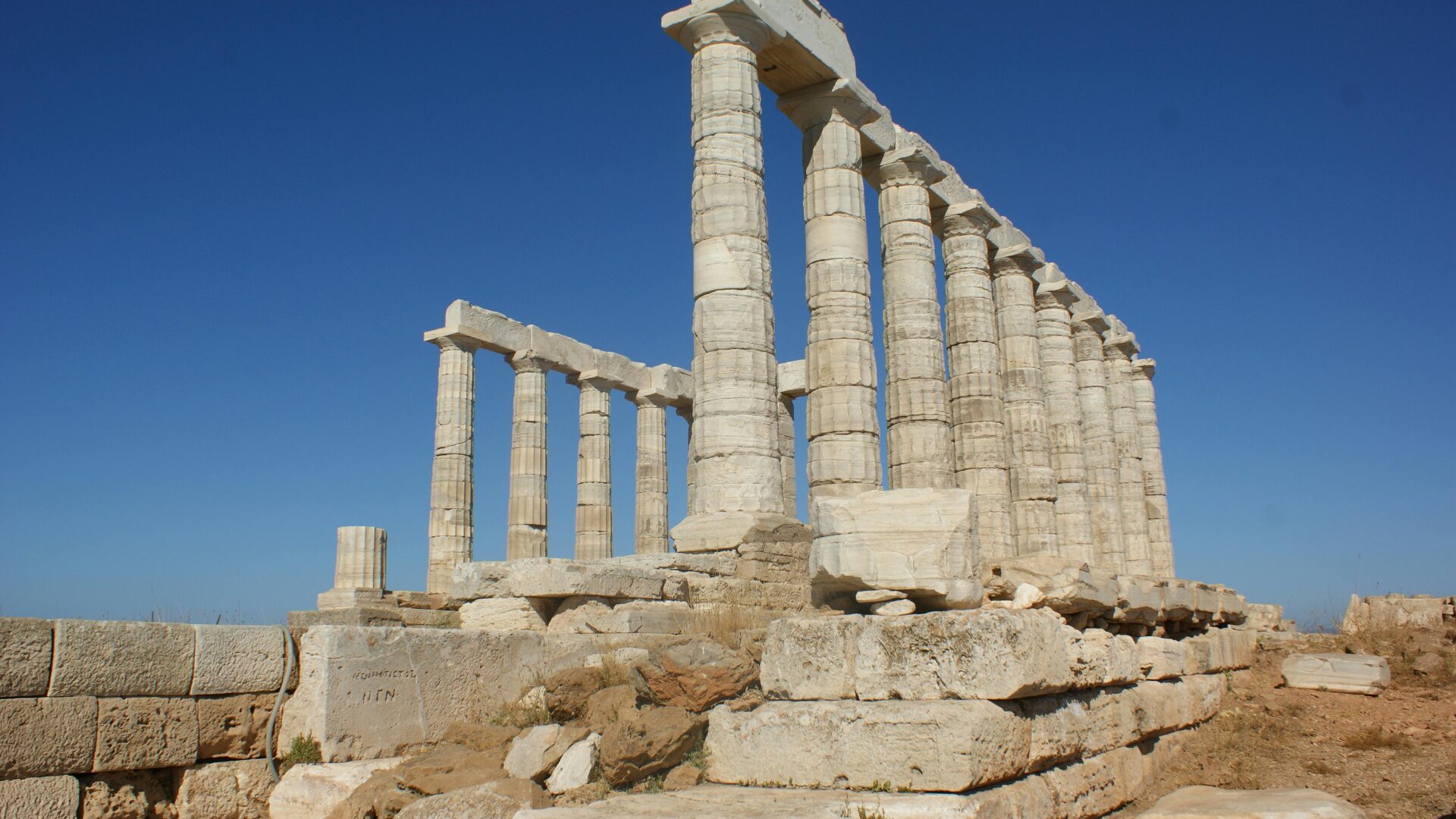Standing at the edge of Cape Sounion, I totally get why Lord Byron couldn’t resist its charm.
The Temple of Poseidon rises right from the cliff, its marble columns shining against the deep blue Aegean Sea.

Byron’s connection to this ancient place shows how Sounion’s magic keeps winning hearts, blending natural beauty with history in a way that still moves people today.
Back in 1810, Byron visited the temple on his travels through Greece. He even carved his name into one of the columns—something we definitely wouldn’t approve of now, but you can feel how deeply the place affected him.
What makes Sounion special goes beyond its stunning sunset views or archaeological significance.
The temple stands as a symbol of Greece’s lasting cultural legacy, something Byron himself cared about and fought to protect.
On my first visit, I realized that to really understand Greece, you have to experience these ancient sites that have inspired so many artists, writers, and travelers.
The temple sits perched 200 feet above the sea. It creates this feeling of both vulnerability and permanence that’s hard to put into words but impossible to shake.
If you visit, give yourself time to take in both the history and the setting.
They built the temple around 440 BCE, about the same time as the Parthenon.
Walking among these columns, I felt the same awe that fueled Byron’s poetry and his later support for Greek independence.
Patience pays off here—arrive early to wander the ruins before the crowds, or stay late and watch the sunset turn the marble gold.
These moments connect us to everyone who’s ever stood here, from ancient mariners to Romantic poets.
Sounion’s Enchanting Landscape: Where Myth Meets the Aegean
Standing at Cape Sounion feels like you’ve reached the edge of the world.
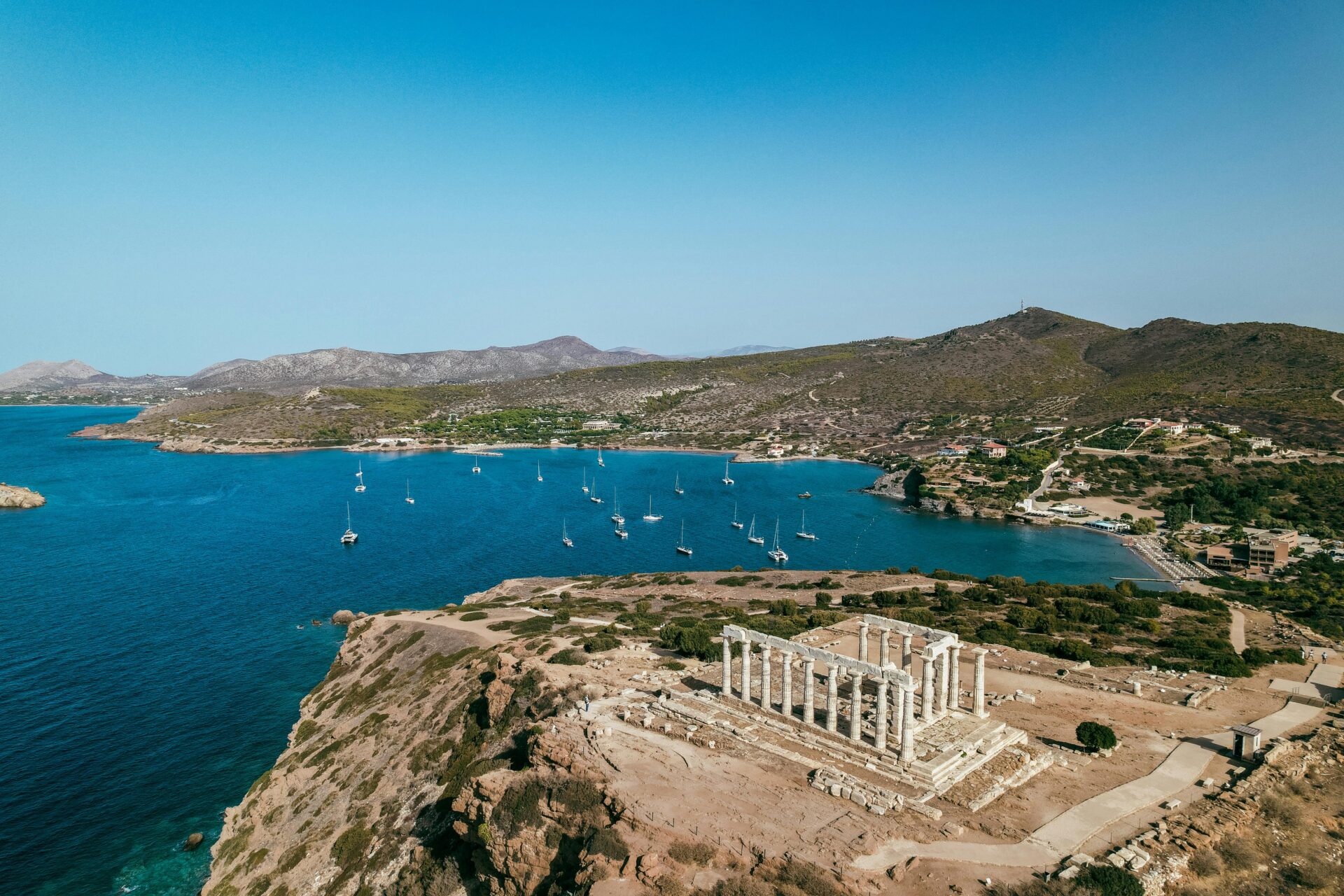
History and natural beauty come together in a kind of harmony that’s hard to find anywhere else.
The cliffs and endless blue waters have inspired poets and travelers for centuries.
Unrivaled Views of the Aegean Sea
The view from Sounion is just breathtaking.
I’ve seen a lot of coastal viewpoints in Greece, but honestly, few can match watching the sun drop into the Aegean from these ancient cliffs.
The landscape offers a sweeping view of the sea, with waves smashing against the rocks below.
On clear days, I spot at least seven islands dotting the horizon, scattered like jewels on blue velvet.
What really makes this view special isn’t just the beauty—it’s the history.
Ancient sailors used this same panorama to find their way home. Byron even left his mark on the marble columns, a controversial sign of admiration that’s still visible.
The Cyclades Connection: Sounion and the Islands
From Sounion’s promontory, the Cyclades almost feel close enough to touch.
I sometimes sit at the edge, picking out Kea just 12 miles away, and if the day’s clear, I catch glimpses of Syros and Paros.
These islands aren’t just pretty scenery—they’re tied to Sounion through old shipping routes.
Sailors prayed at Poseidon’s temple before heading off to Delos, Naxos, and beyond.
Nowadays, lots of people pair a Sounion trip with some island hopping.
I love watching ferries glide toward far-off Santorini or mysterious Amorgos from the cape, then planning my own adventure.
The contrast between Sounion’s cliffs and the white-washed villages of the islands makes for a classic Greek travel experience.
Moments of Healing and Reflection
There’s something deeply restorative about Sounion’s landscape.
I’ve watched visitors fall quiet, just taking in the vastness of the sea and sky.
The mix of ancient ruins, mythology, and natural beauty creates a perfect space for reflection.
When life feels overwhelming, I drive the coastal road to Sounion, find a quiet spot away from the crowds, and just breathe.
Local Greeks have known about this healing power for ages.
A lot of Athenians come here regularly just to clear their heads.
I’ve bumped into painters, writers, and photographers who keep coming back, always finding new inspiration in the changing light and moods of the cape.
The adventure at Sounion isn’t about thrills—it’s about connecting with something timeless and bigger than us.
The Allure of the Temple: Stories Etched in Marble
The Temple of Poseidon at Sounion stands as proof of ancient craftsmanship and lasting beauty.
Its white marble columns tell stories that stretch across centuries.
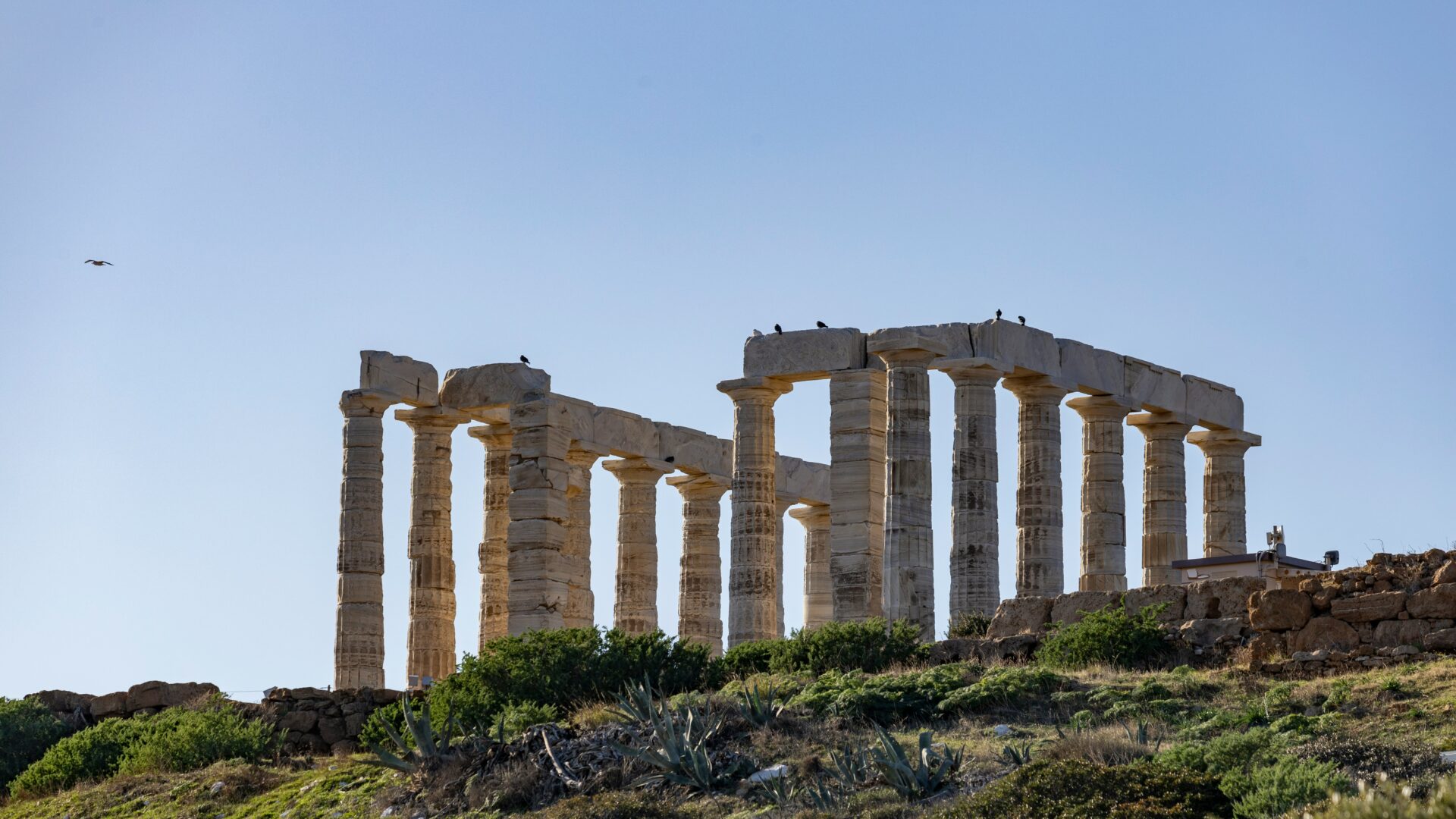
Its walls hold secrets from mythology to modern poetry, carved by both design and visitors who couldn’t resist leaving their mark.
History and Restoration Through the Ages
They built the temple we see today around 444-440 BCE, after Persians destroyed an earlier structure.
It stands proudly on Sounion’s cliffs, enduring centuries of wind, salt, and human meddling.
Restoration efforts kicked off in the 19th century, though back then, people didn’t always follow today’s conservation rules.
The temple lost several columns to erosion and, unfortunately, to wealthy collectors who wanted souvenirs.
Last summer, I visited and got to see the latest restoration work.
Conservators have worked hard to preserve what’s left while protecting it from more damage.
They’ve used new techniques to fight erosion from sea salt without changing the temple’s authentic look.
The temple’s history really mirrors Greece’s own journey—surviving occupation, neglect, and eventually revival as a symbol of cultural heritage.
Each phase of restoration tells a little about how people valued this ancient marvel over time.
Mythology, Lord Byron, and the Romantic Imagination
The temple’s mythological roots run deep.
It honors Poseidon, god of the sea, and sits right where sailors would first spot land.
Legend says King Aegeus leapt to his death here, thinking his son Theseus had died fighting the Minotaur.
Lord Byron fell for Sounion’s spell during his travels in 1810-1811.
He was so moved that he carved his name into one of the columns—graffiti that’s still visible.
In his poem “The Isles of Greece,” Byron wrote: “Place me on Sunium’s marbled steep, where nothing, save the waves and I, may hear our mutual murmurs sweep.”
Byron wasn’t the only one fascinated by this place.
The temple became a must-see for travelers on the Grand Tour.
Its dramatic setting sparked countless paintings, poems, and romantic ideas about ancient Greece.
Writers like Ovid and Aeschylus mentioned Sounion in their works, securing its place in the literary imagination long before Byron showed up.
Archaeological Excavations and Discoveries
Serious archaeological digs at Sounion started in 1884 with Valerios Stais.
His team uncovered not just the temple’s foundations but a whole sanctuary complex.
I chatted with a site archaeologist who told me recent excavations have revealed some surprises: bronze offerings, pottery shards, and signs of ritual activity stretching back to the Bronze Age.
These finds suggest the cape was sacred long before the marble temple came along.
Finding architectural fragments let experts reconstruct what the original temple looked like.
They even found traces of vivid blue and red paint that once decorated the marble—so much for the idea of pure white Greek temples.
Digital mapping projects now document every stone and inscription, creating a virtual record that helps track erosion and plan for conservation.
Archaeologists are still searching for the foundations of the lighthouse that once guided ships safely to Athens.
Cultural Footprints: Sounion in Art, Literature, and Modern Discovery
Cape Sounion’s dramatic setting has inspired creative works for centuries, leaving a real mark on our cultural landscape.
From poetry to paintings, this ancient site keeps capturing imaginations and drawing visitors who want to experience its timeless beauty for themselves.
Lord Byron’s Legacy and Literary Pilgrimages
Lord Byron’s connection to Sounion stands out as probably the most famous literary association with this site.
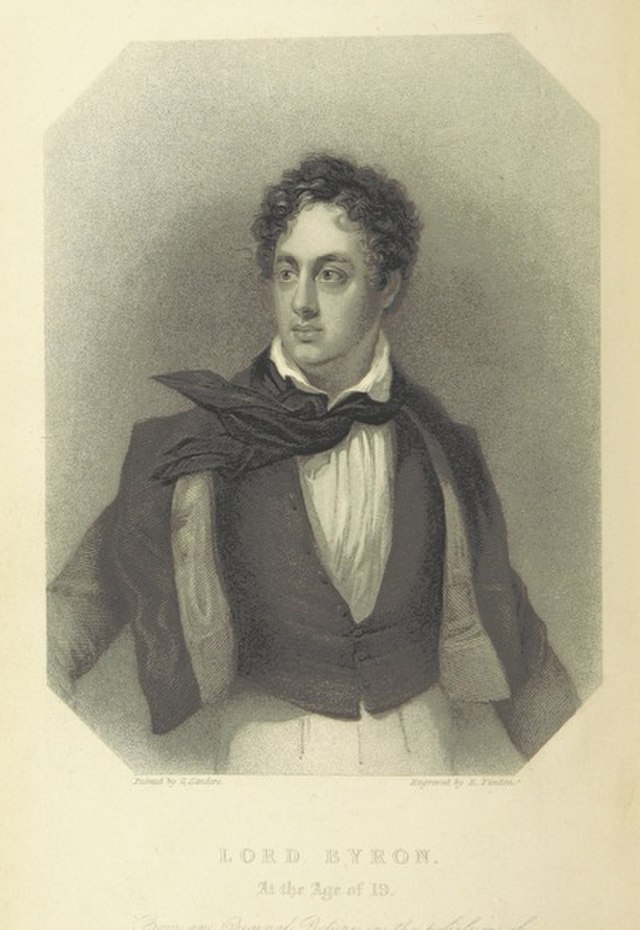
Image Source: Wikimedia Commons
Between 1809 and 1811, Byron visited the Temple of Poseidon and felt so moved that he carved his name into one of the columns—a mark that curious travelers still hunt for.
His poem “The Isles of Greece” starts with the line: “THE isles of Greece!” That work really cemented Sounion’s place in the Western imagination.
I’ve watched visitors retrace Byron’s steps, book in hand, staring out at the same views that inspired him.
After Byron, literary pilgrimages became a thing, with writers from England, France, and Italy making the journey to see this place for themselves.
Even during the Great Depression, those who could afford it still wanted to follow Byron’s path.
Artistic Interpretations and Exclusive Portraits
Sounion’s dramatic landscape has pulled in visual artists for centuries.
It shows up in countless paintings, illustrations, and photos.
The white marble against the deep blue Aegean creates a scene artists just can’t resist.
Some of the most striking works are tucked away in private collections in Paris and London.
These portraits capture Sounion at different times of day, with sunset being a favorite for its golden light on the ancient stones.
During my visits, I’ve seen modern photographers with tripods set up at the same viewpoints artists used centuries ago.
Digital illustrations and vector art now join the mix, giving us new ways to see this iconic scene.
Notable Artistic Interpretations:
- Oil paintings by 19th century European romantics
- Early 20th century black and white photography
- Contemporary digital art and panoramic photography
- Editorial illustrations for travel magazines
Editorial Narratives and Modern Exploration
Travel writing about Sounion has shifted from scholarly reports to more personal, approachable stories for modern explorers.
Old travel narratives often compared Sounion to Italy’s Roman Forum, drawing parallels between these ancient sites.
These days, most editorial coverage focuses on the experience, not just the history.
I’ve written for a few travel magazines about the emotional punch of visiting at sunset, when the temple glows golden against the sea.
Modern exploration of Sounion isn’t limited to the Temple.
Writers now cover the surrounding areas too, hunting for hidden coves and the best viewpoints.
Support for preservation efforts also gets a lot more attention in today’s articles.
Digital media has changed how we discover Sounion, with virtual tours for those who can’t make the trip.
But honestly, nothing compares to standing there in person, feeling the same breeze that’s swept through those columns for over two thousand years.
Travel Insights: Planning Unforgettable Sounion Journeys
Planning a trip to Cape Sounion takes a little thought, but it’s so worth it.
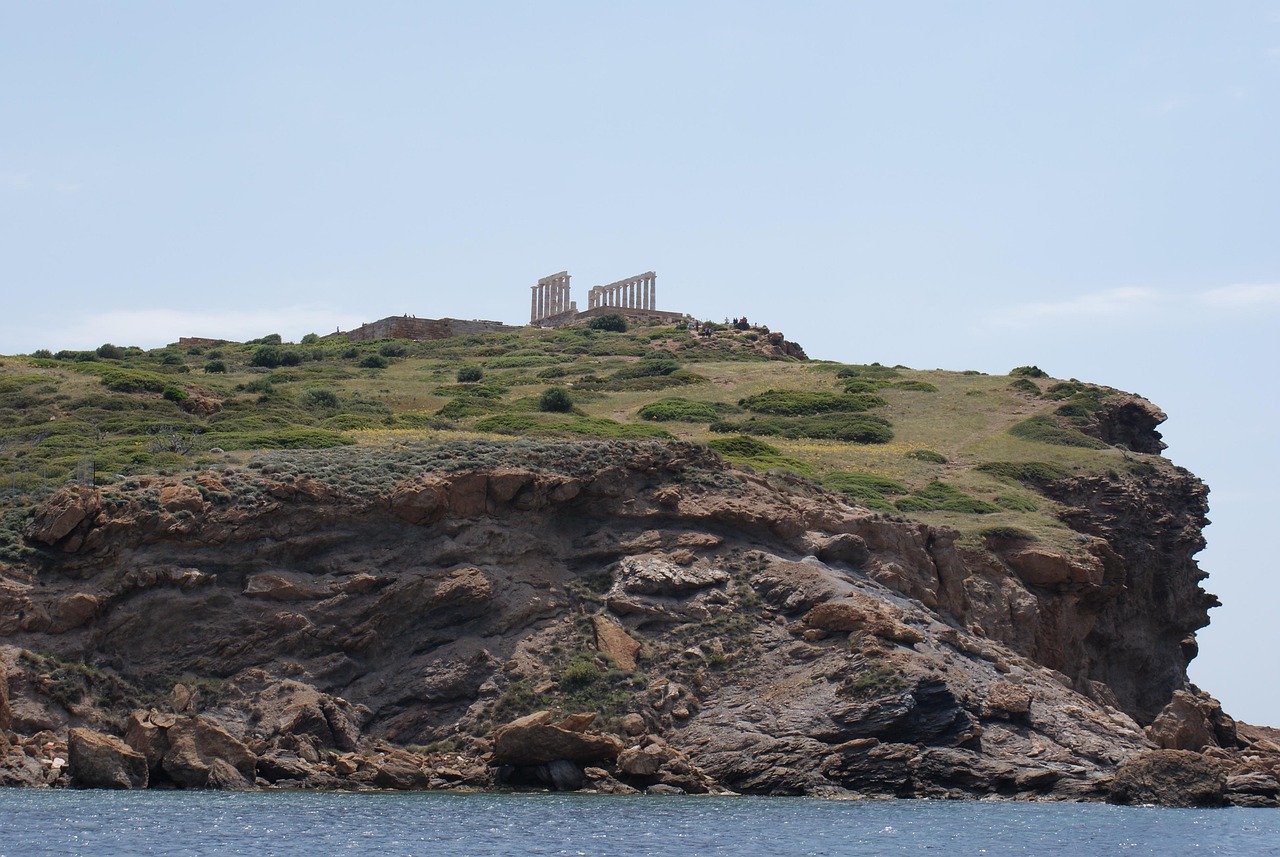
Standing where Lord Byron once stood, looking out at the blue Aegean, makes every bit of effort pay off.
Crafting the Perfect Itinerary
I think Sounion deserves at least a half-day excursion, though a full day lets you slow down and really soak it in.
The best times to visit are early morning (8-10am) to dodge the crowds or late afternoon (4-6pm) to catch the sunset.
Most people come from Athens, which is about 70km away.
You can join an organized tour (easy, but a bit rushed), rent a car (my favorite for the freedom), or take the KTEL public bus from Pedion Areos in Athens (cheap and reliable).
I usually combine Sounion with stops along the Athenian Riviera.
Vouliagmeni Lake or Varkiza Beach are perfect for a swim before or after the temple.
Pro tip: Weekdays are way less crowded than weekends, especially in the summer.
Unmissable Local Customs and Mediterranean Culture
The Mediterranean lifestyle is alive and well around Sounion.
Local tavernas keep a relaxed schedule, and dinner rarely starts before 8pm.
When I visit the Temple of Poseidon, I’ve learned to dress comfortably but respectfully—light layers work best.
Bring water and sun protection; there’s not much shade at the site.
A friendly “Yassas” (hello) and a quick “Efharisto” (thank you) go a long way with locals.
Food is a highlight here.
I always make time for fresh fish at the waterfront tavernas in nearby Lavrio.

Image Source: Tripadvisor
Grilled octopus and Greek salad with local olive oil make for a meal that connects you to centuries of Mediterranean tradition.
Navigating Inconvenience: What to Expect
Sounion feels magical, but you’ll want to be ready for a few hassles. Sometimes the archaeological site closes early or blocks off certain areas for preservation. I always double-check the official website before I go, just in case.
During summer, the crowds get wild from 11am to 3pm. I’ve waited in line for almost 40 minutes in August—honestly, it tests your patience. In winter, you might get the place to yourself, but the weather’s unpredictable. One time, the wind was so fierce I nearly gave up on seeing the temple at all.
Facilities are pretty bare-bones:
- Only a few restrooms at the site
- Not much shade anywhere
- Hardly any food vendors, so bring snacks
Cell service drops out a lot near the cape. I always download offline maps and save what I need before leaving Athens. Most small spots around here still want cash.
Capturing Memories: Videos and Photos
The Temple of Poseidon just begs for photos. I’ve found the best spots are:
- The main path, where the columns rise against the sky
- The northeast corner, which lets you catch both the temple and the sea
- The rocky area below, if you want a dramatic angle looking up
Morning light turns the marble golden, and sunset throws everything into silhouette. If you’re into photography, you’ll want:
- A wide-angle lens for the full temple and sea
- A polarizing filter to make the blue pop
- A tripod, since the light changes fast at sunset
Videos work wonders here, too. I love slow pans that take in the whole 360° view. Short time-lapse clips of clouds drifting over the temple look especially magical—seriously, they capture the vibe of this place better than any photo.
Beyond the Ruins: Sounion’s Modern Community and Heritage
Tourists come for the Temple of Poseidon, but Sounion is more than just history. The community feels lively, with locals mixing old Greek traditions and modern touches in a way that just works.
From Gymnasium to High School: Education in Sounion
I stopped by the local high school when I visited Sounion. It really struck me how they respect classical traditions while gearing up students for what’s next.
Back in ancient times, the gymnasium focused on physical training and philosophy. Now, the school has a full range of classes.
The building itself looks like a mashup of eras. You’ll see stone details that nod to ancient architecture, but inside, the classrooms have all the latest tech.
Students learn both ancient Greek and modern subjects. A lot of them join archaeological programs to dig into the temple’s history—the one that puts their town on the map.
The principal told me, “Our students feel a special connection to Byron. His appreciation of our heritage inspires them to value their unique hometown.”
Living Heritage: Christianity and Local Traditions
As I wandered through Sounion, I saw how Christianity fits into the town’s story without covering up its ancient roots. Tiny Byzantine-style churches pop up everywhere, their blue domes standing out against the golden ruins.
During Easter, the town holds processions that actually follow ancient routes. The blend of Orthodox Christian rituals and echoes of old Greek ceremonies feels pretty unique.
Local families welcomed me to meals that haven’t changed much in centuries. These gatherings bring comfort in tough times and joy when there’s something to celebrate.
People here take their heritage seriously. Elders share stories that keep both ancient and Christian traditions alive for the next generation.
Innovation, Modernization, and Renaissance Echoes
Sounion has jumped into modernization but still keeps its unique vibe. Solar panels power homes right next to the ancient temple, and honestly, the mix of old and new feels surprisingly natural.

I stumbled upon a small, lively artistic community that gets its spark from the ruins and the scenery. A few painters I chatted with called their art a “modern renaissance,” borrowing bits from classical ideas.
The local government rolled out new ways to protect cultural heritage. They set up digital archives to save oral histories, hoping these traditions stick around.
Tourism, as you’d expect, brings its own set of headaches and chances. Locals have come up with clever ways to handle all the visitors and still make the most of the global attention.

